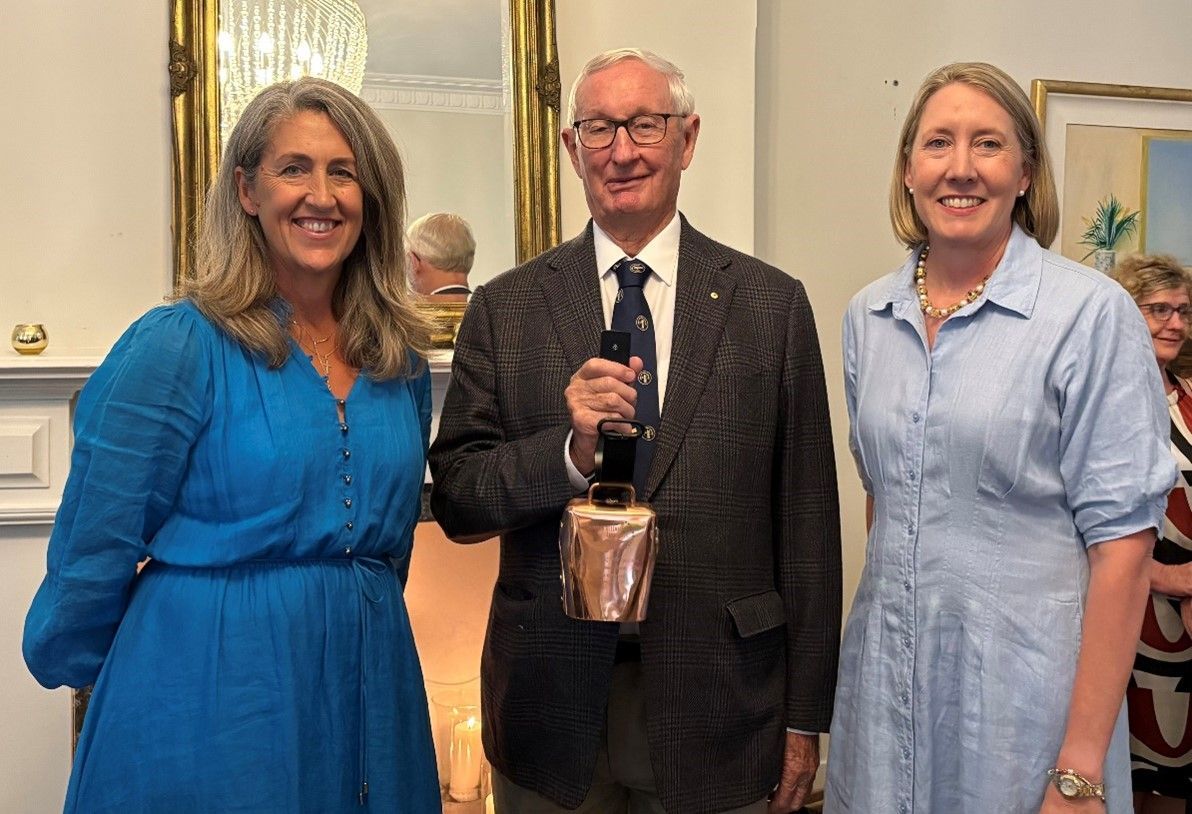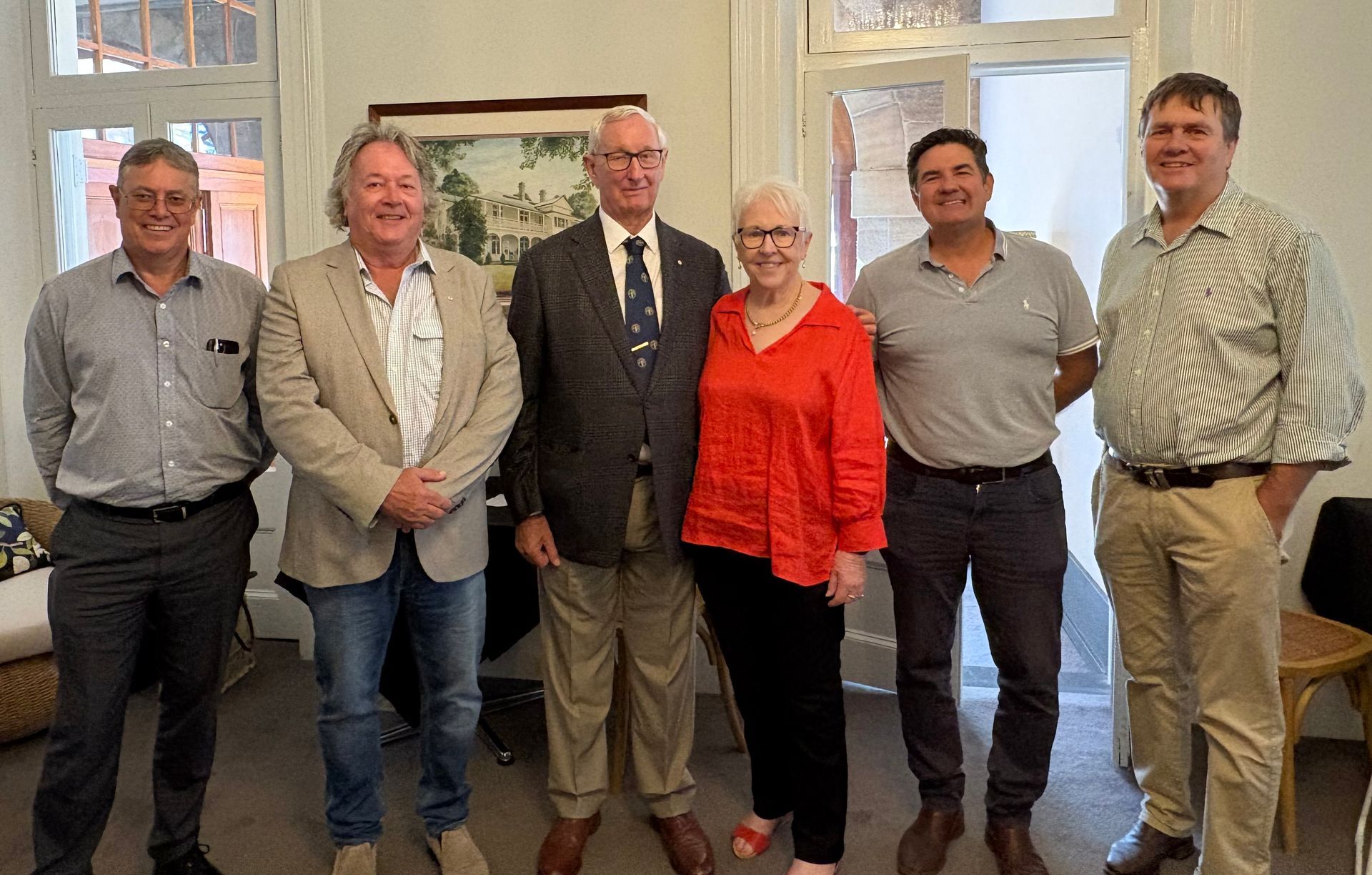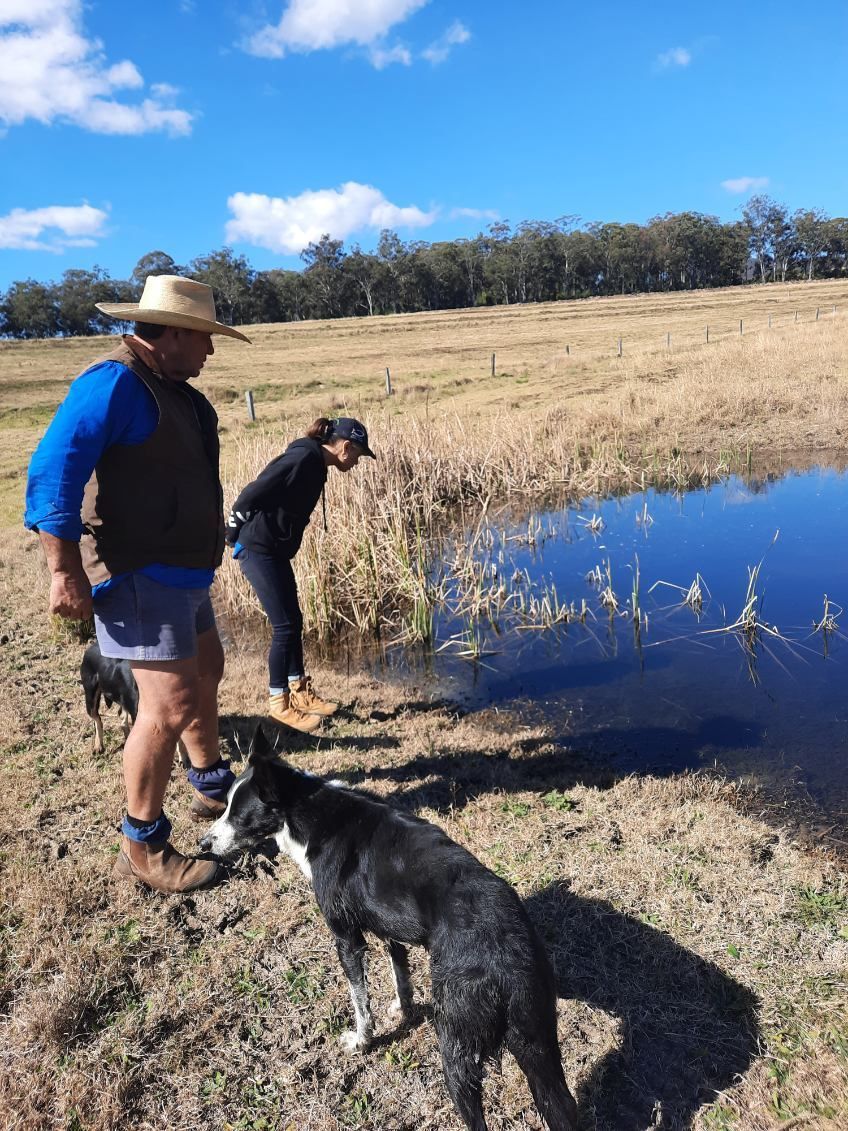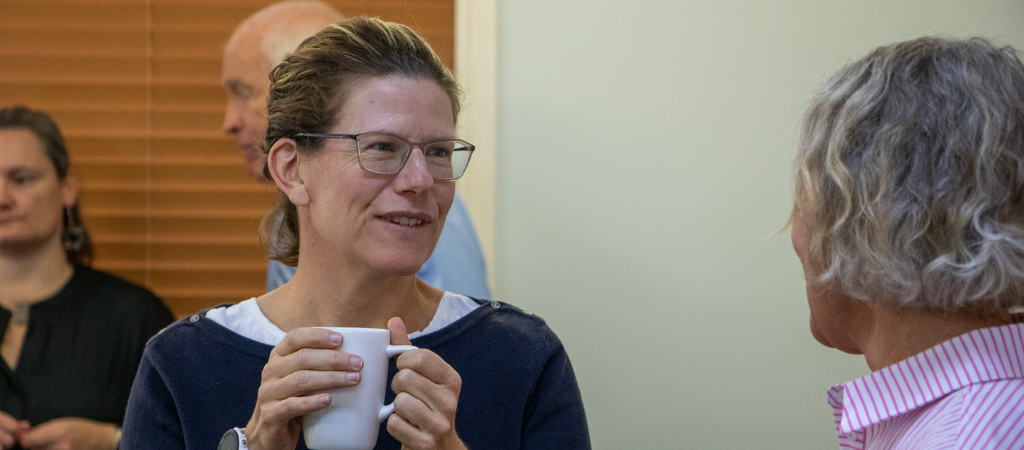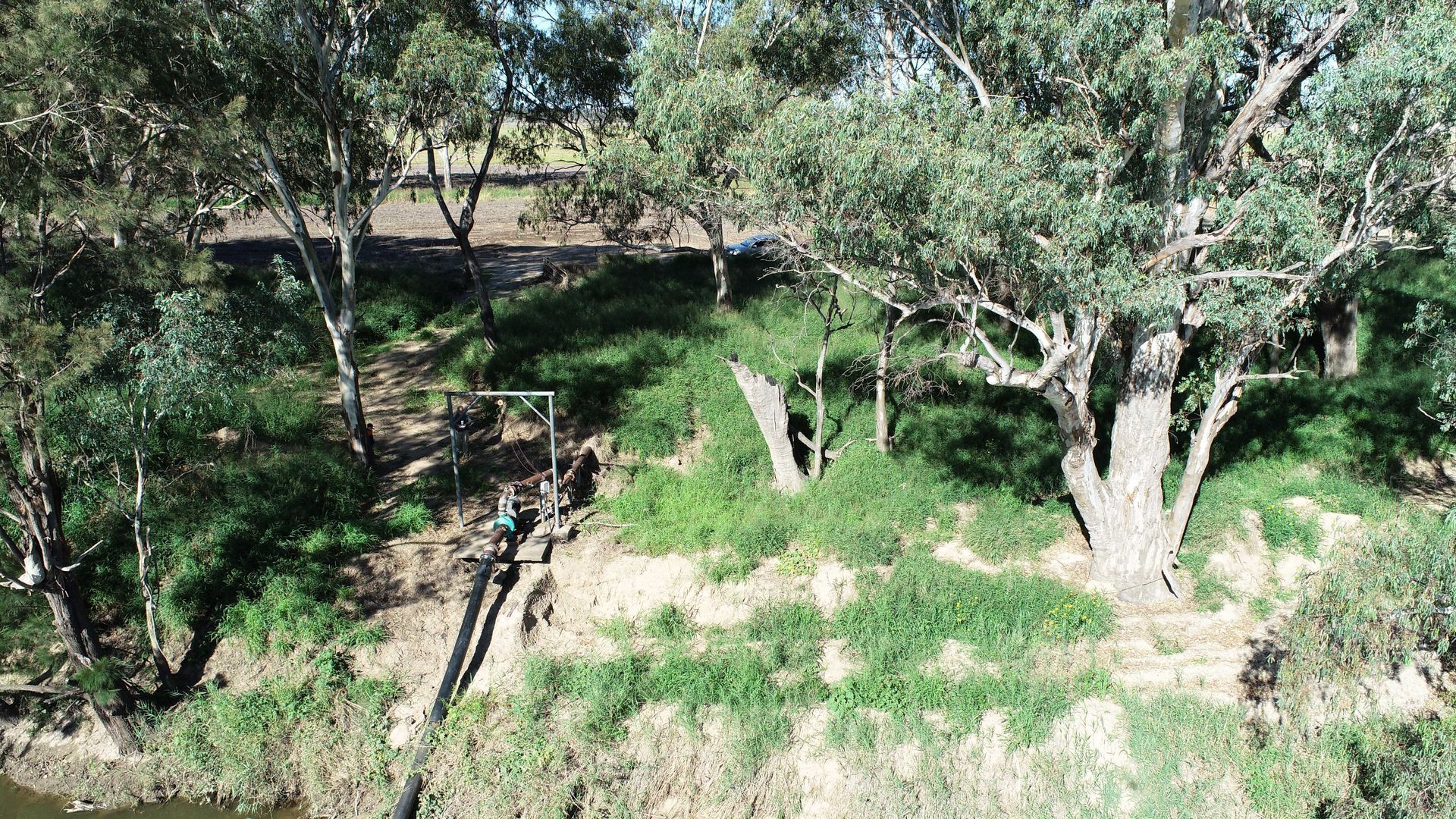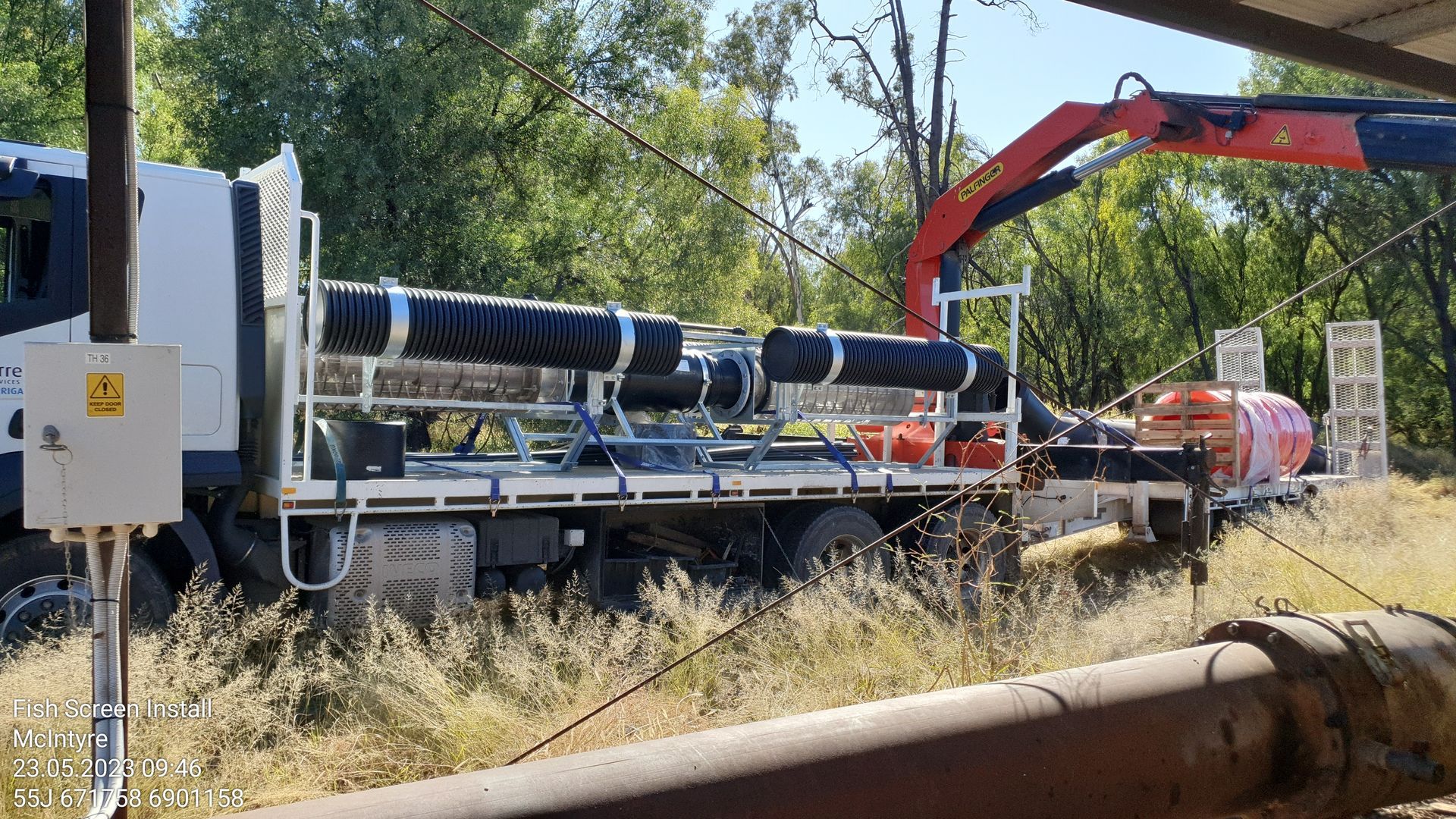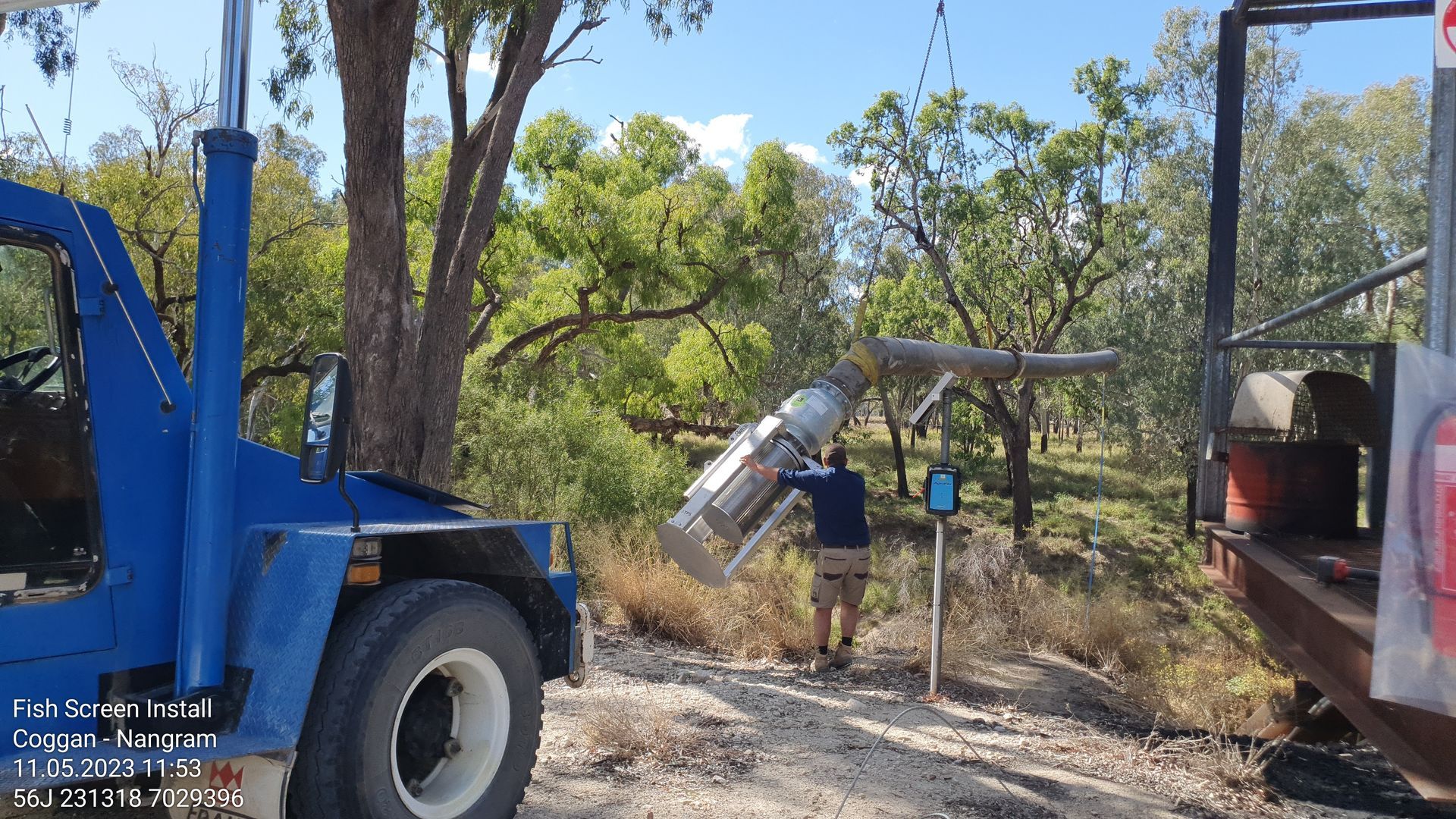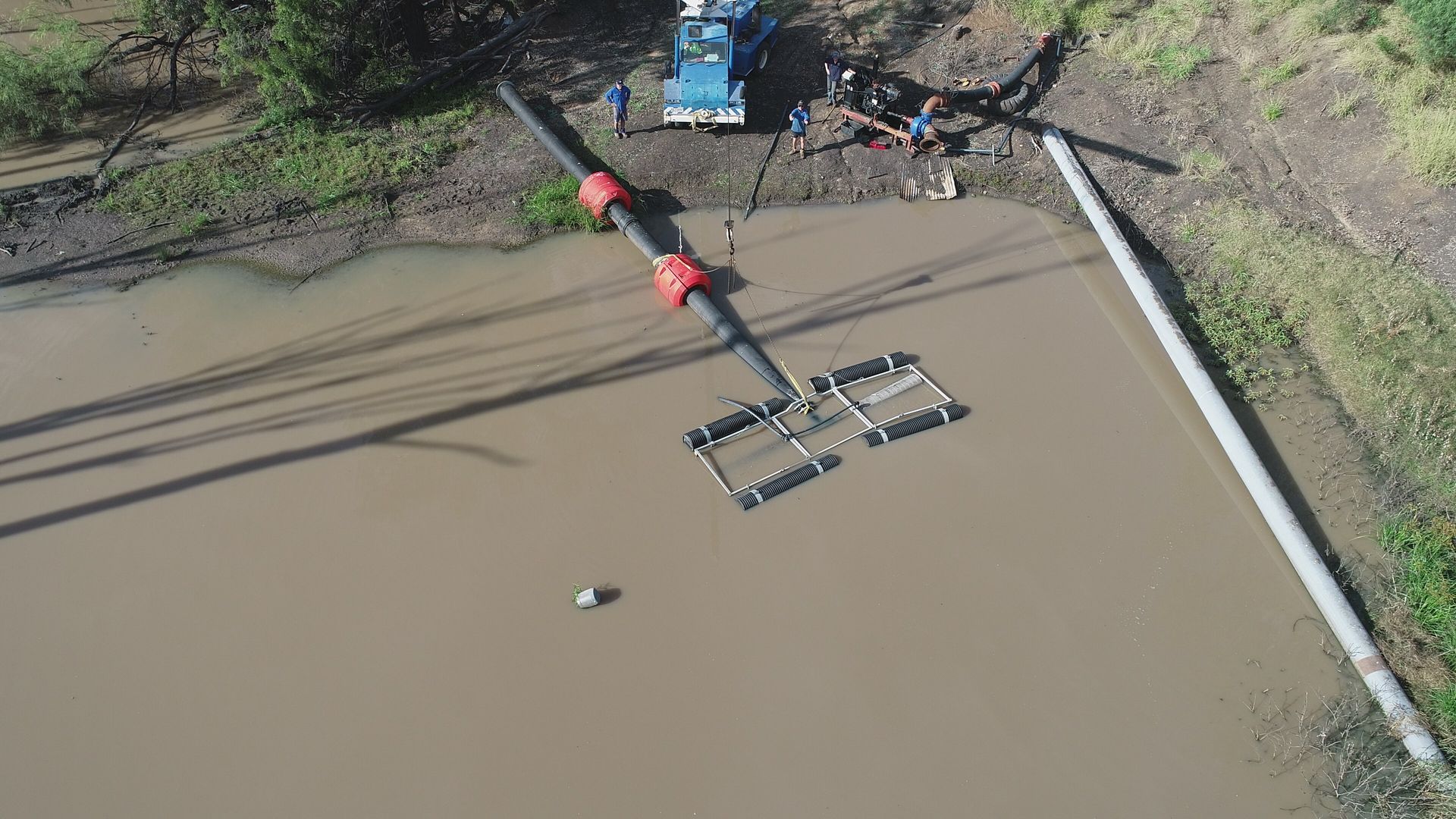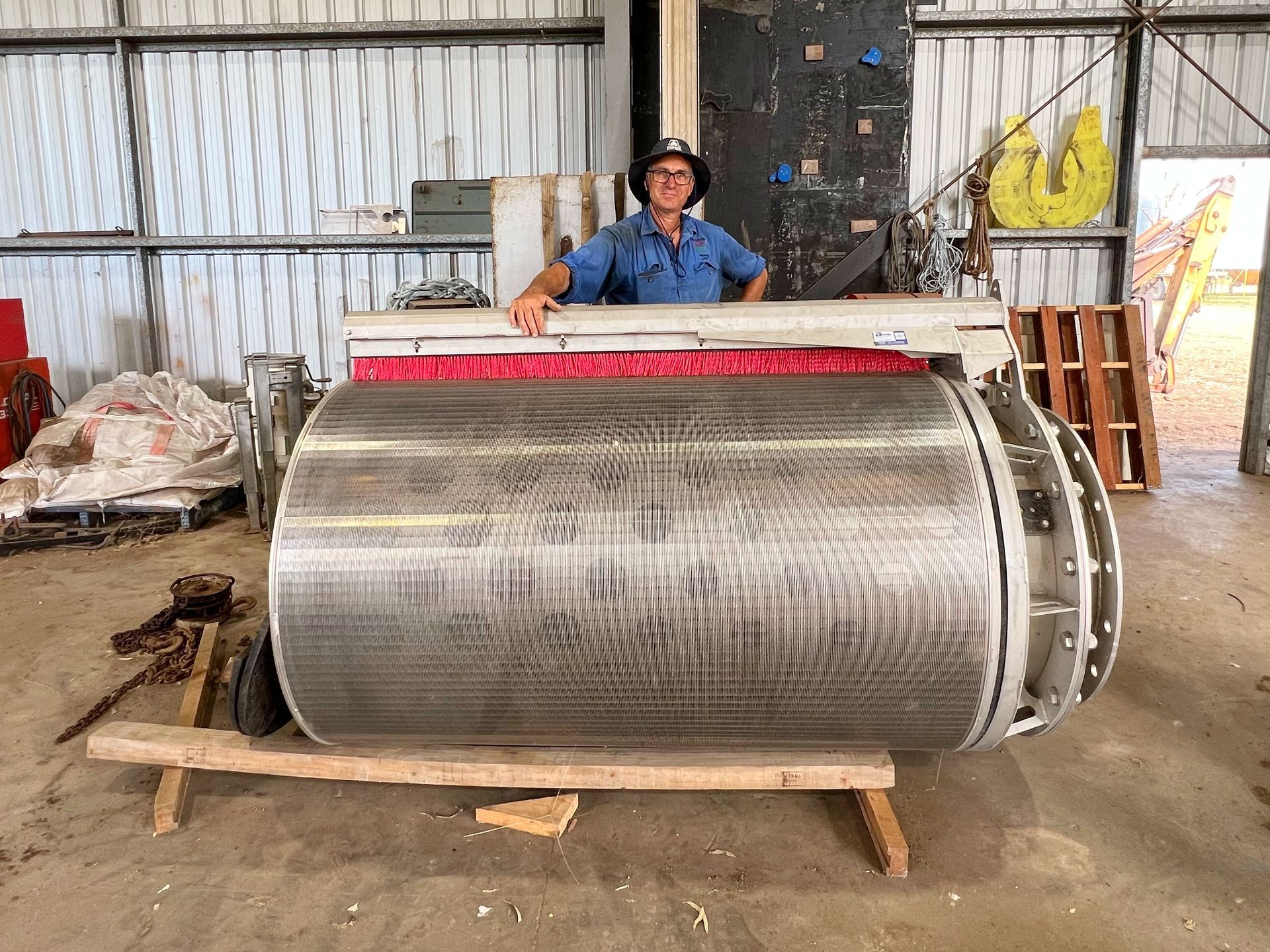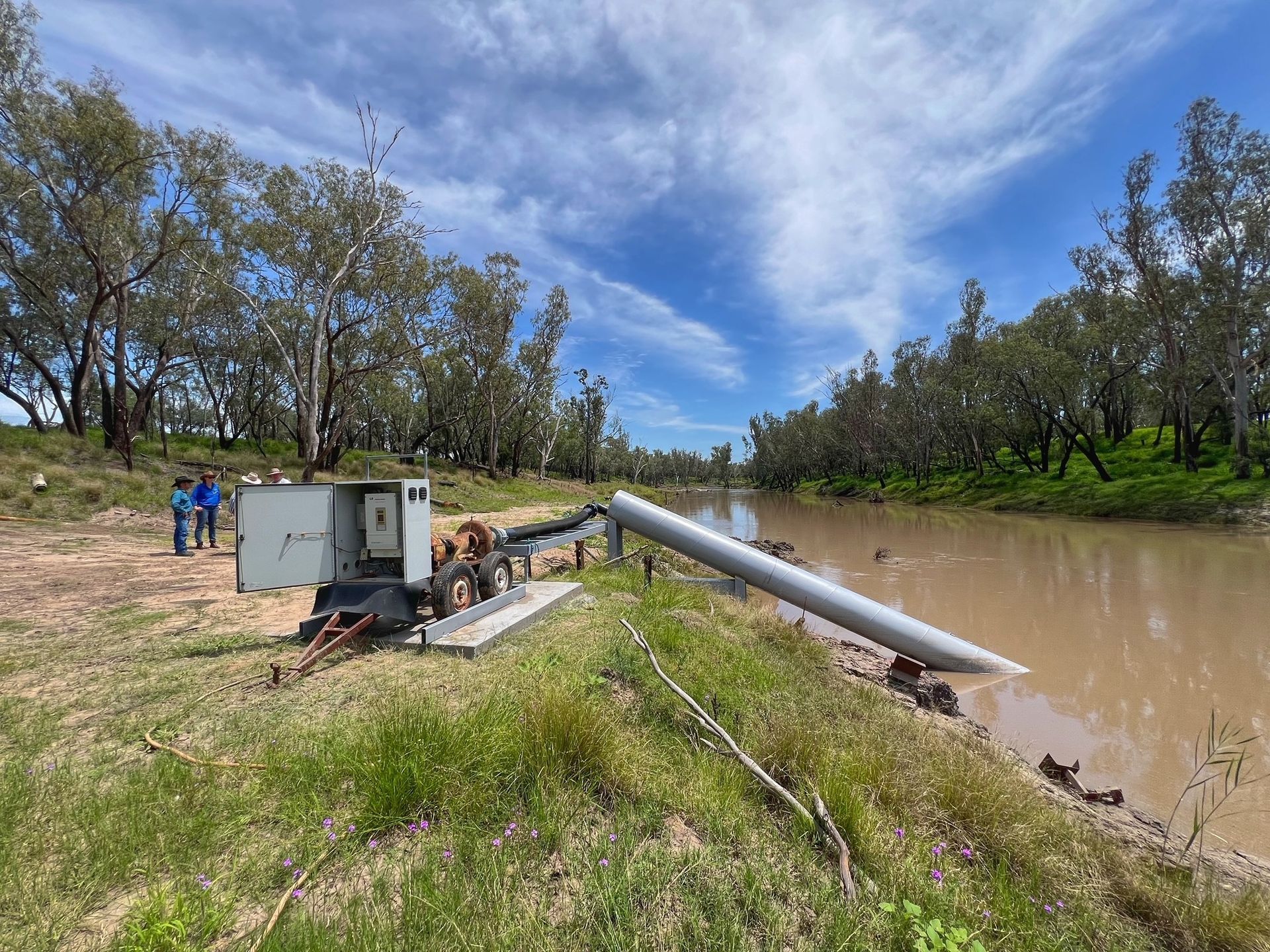That’s the word from Elders Technical Services which recently ran a trial of different soil treatments to find two in the top five best performers were composted manure products with added biologicals produced locally on the Darling Downs.
Elders Technical Services Manager for Queensland, Northern Territory and Northern New South Wales, Maree Crawford said the findings were important given the current high prices and limited availability of traditional synthetic soil treatments and the focus on sustainability through healthy soils.
“We tested a range of different treatments including composts, conventional synthetic fertilisers, seed treatments, new age bacteria and fungi and multiple forms of biologicals through the trials in a replicated randomised plot design,” Maree Crawford said.
“And these research and development trials measured a whole host of performance indicators including crop vigour, pest and disease tolerance, soil health, microbial diversity pre/during and post application, carbon changes and ease of application to name but a few,” Ms Crawford said.
“And what we found was that out of the top five best performing products four were not your traditional synthetic fertilisers; two being a seed treatment and the other two commercially produced composted manure products enhanced with biological bacteria and micronutrients,” she said.
“That being said the composted manures were quite unique in their recipes or compositional makeup and included synergistic biologics or specially selected soil bacterias and silica additives.”
One of the surprises in the trial was the composted manure's ability to support crop stress.
“Through the compatibility trials we found the biologicals in the biologically enhanced composted manure absolutely mitigated stress impacts on the crop and were very symbiotic and compatible with fungicides and insecticides,” Maree Crawford said.
“When we extrapolated out the return on investment or value proposition of incorporating these manure composts into crop production we found that the cost per hectare was $13 additional dollars but the uplift in income per hectare was $626.86 in comparison to the untreated control,” Ms Crawford said.
“So in other words the untreated control achieved 3.2 tonnes per hectare of wheat, whereas the biologically enhanced composted plots achieved 5.119 tonnes per hectare, which with wheat currently at around $325 per tonne they were making an extra $626.86 per hectare; now that’s a significant uplift,” she said.
“I think the role biologically enhanced composted manure will play in the future is about sustainability, where it is used to provide that interface between nutrients and uptake and enhance the effectiveness of fertilisers while at the same time reducing the amount of conventional fertilisers people need to use.”
The trials indicate it was the combination of activated soil bacteria and micronutrients together with the composted manure which made the nutrients more available to plants.
“The composted manures used varied formulations and the treatment with no biological enhancement was calculated to not adequately supply sufficient nutrients to the crop especially N
(nitrogen) during rapid growth phases, thereby evidenced by yield and protein differences,” Maree Crawford said.
“We also found that there was a direct correlation to less disease in the crop, enhanced plant health, early plant vigour and that from a crop growth status stage those crops in the biologically enhanced compost were always two leaf stages ahead of everything else,” Ms Crawford said.
“Compost absolutely has a place in commercial farming, but its not without challenges and application is one of them because you don’t just spread it on, you actually need to get it incorporated into the soil and we need to do some more work on how we can efficiently and effectively get it into the soil profile without losing the efficacy of the product while at the same time protecting the biologicals,” she said.
“So next step, which is already underway, is to explore through trials on winter cereal crops what is the best placement and methods to incorporate composted manure into the soil profile.”
“I don’t think it will be for everyone and it’s not going to replace conventional fertilisers entirely but it does have a place definitely in horticulture and sugar cane and summer cereals and potentially cotton.”
Results from these trials will be made publicly available in the future.
Image - Camm Agricultural Group Chief Executive Officer, Bryce Camm pictured in front of cultivation being spread with composted manure ahead of planting of a winter cereal crop.
